Queen Boudica, A Life in Legend
A pagan queen, an unruly woman and a valiant warrior avenging her daughters: Boudica has lived a varied afterlife in British history. Why is the ancient queen of the Iceni such an enduring figure?
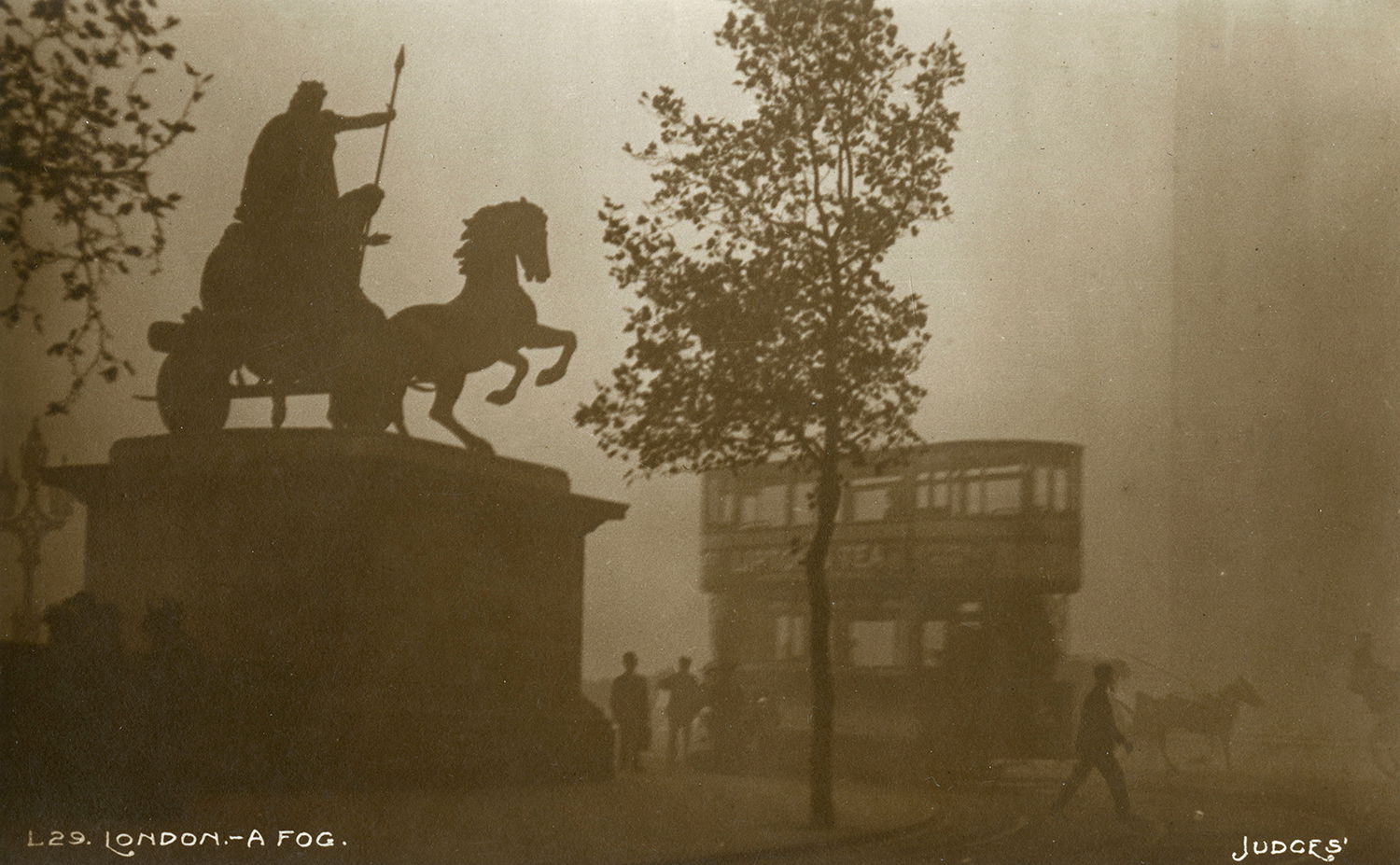
Thomas Thornycroft's 'Boadicea and Her Daughters', London, c.1907.
As (most) British schoolchildren know, Queen Boudica was the warrior queen of the Iceni whose rebellion against the Romans was roundly – if belatedly – quashed. Boudica – this is now accepted as the most accurate spelling of her name, though the popularity of the Latinised Boadicea, among other permutations, persists – raised a rebellion, which united the Iceni with a handful of tribes usually inclined to be at war with each other, seeking revenge after a series of brutal acts by the Romans. The final straw had been the public humiliation and scourging of the proud queen, recently widowed and thus deprived of her protector-husband, King Prasutagus. Boudica’s daughters, whose ages are unrecorded, were raped by Roman soldiers. According to some sources, other members of her family were enslaved. This was the immediate cause of Boudica’s rebellion in AD 61.
After a series of surprise victories for the Britons, the conflict came to a head, probably somewhere between Verulamium (St Albans) and Londinium (London), at the Battle of Watling Street. The crack Roman general Suetonius Paulinus had decided to take a break from burning druids in Wales to come and put an end to the insurrection in the south. According to the Roman historian Tacitus, in the hours before the decisive battle Boudica rode a war-chariot up and down the ranks, willing her band of warriors to victory. Yet for all her vitriolic anger and indignation, she and her followers were eventually – inevitably – routed by the most powerful empire Europe had known. Boudica poisoned herself so as to avoid slavery or worse.
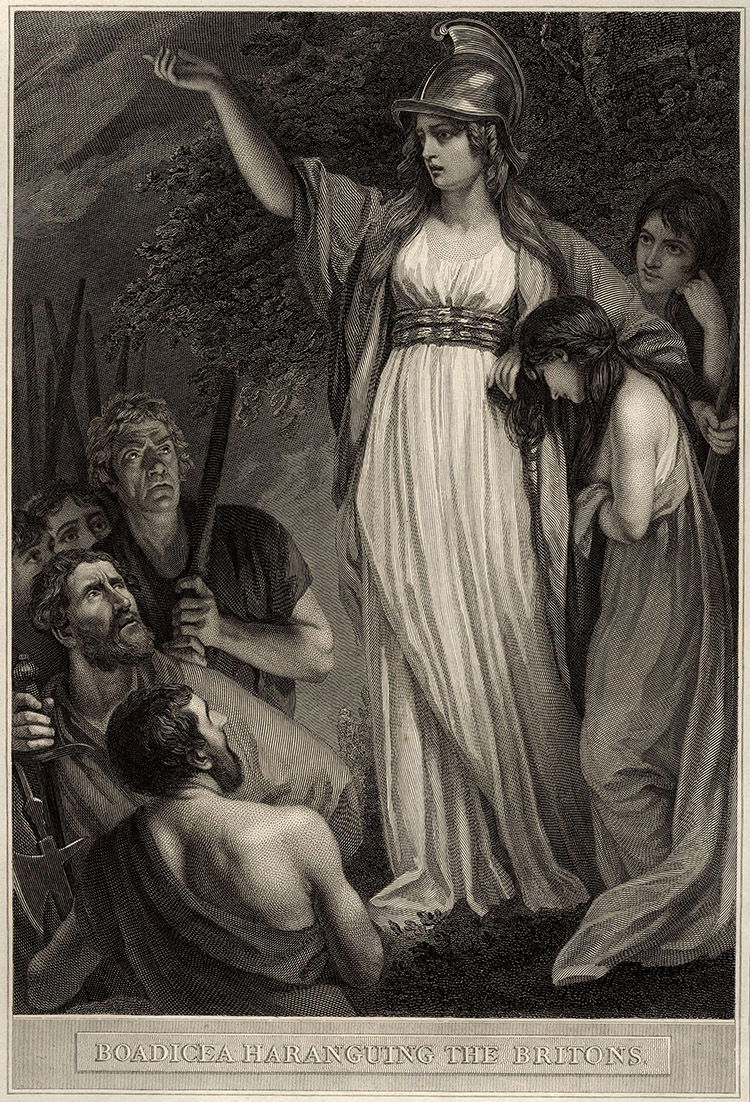
All of this was first related by Tacitus in the Annals. Tacitus’ father-in-law had been the Roman's governor of Britain and had witnessed the blend of savagery and heroism that seemed to characterise the people there. But like much classical learning, the story of Boudica and the (attempted) colonisation of Britain was largely lost until the Renaissance, when Tacitus’ histories were rediscovered and republished in new editions across Europe.
The rediscovery of Tacitus, whose works began to trickle into Britain during the reign of the Tudor monarchs, caused a stir in the still-fractious nations of Britain: heroic myths, including the fantastic tales of wizards and courtly knights popularised by Geoffrey of Monmouth, were swept aside. In their place stood a woman, described in William Cowper’s 1782 poem ‘Boadicea an Ode’, as ‘bleeding from the Roman rods’, with vengeance in her eyes and a spear in her hand.
As one of the earliest named Britons in documented history, Boudica had to be dealt with by any writer keen to explore Britain’s past. For one Tudor woman in particular, she presented an opportunity: it is tempting to suggest that Elizabeth I’s speech to her troops at Tilbury before the invasion by the Spanish Armada might have taken something from Boudica’s oratorical display. Certainly the poet Jonathan Aske saw a resemblance. In his triumphant ode on the defeat of the Spanish in 1588, he proclaimed Elizabeth as ‘Voada, England’s happie queene’. But what happened after the death of Elizabeth?
Some modern historians have argued that Boudica’s reputation suffered a decline during and after the reign of James I and VI. Following her Elizabethan heyday, the return of a man to the throne spelled the end for the celebration of unorthodox women. It is not surprising that Boudica was viewed with suspicion and misogynistic ire on the part of some writers and audiences.
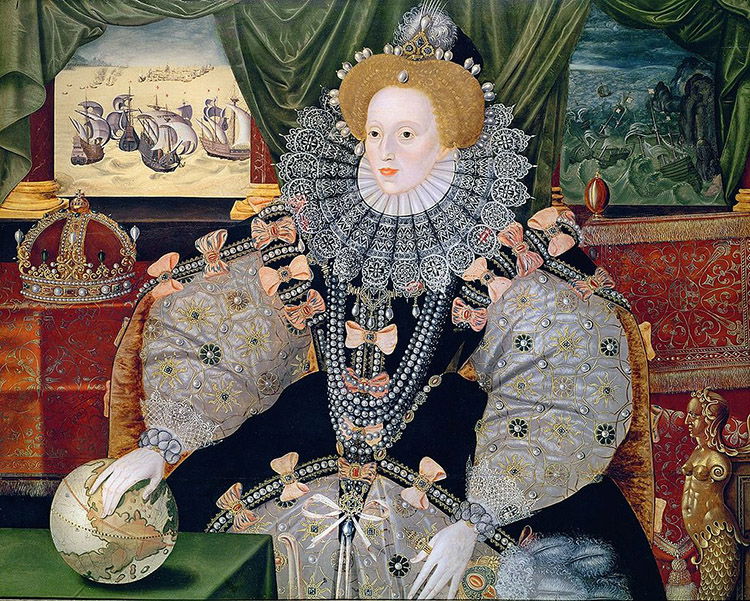
This was true, for example, of the poet John Milton. Milton had little time for the pagan queen in his prose History of Britain, published in the 1670s. Milton dismissed her as a shameless harridan who ought to have kept her sorry tale of assault, rape and humiliation to herself. Sadly, Milton, for all his poetic genius, was an unreconstructed misogynist; his dislike of Boudica stemmed from a distaste for the notion of women in power. As a female chieftain, and a pagan to boot, Boudica represented all that was most horrifying for Milton.
But Milton’s view was not typical of his time, or even of the years before. His critical take on Boudica can be contrasted with that of the antiquary and historian Edmund Bolton, a penniless hanger-on to the court of James I and VI. Bolton made his way, with only partial success, by writing for the court and, in 1624, he wrote the first detailed account of Boudica’s rebellion since Tacitus. Bolton intended to write a history of the reign of Emperor Nero, but was so taken by Boudica that he devoted at least half his text to her and her rebellion.
For this denizen of James’ court at least, Boudica was nothing less than a great heroine, even if she had been a poor general. Bolton’s text is full of entertaining antiquarian speculation. It was he who first put forward the notion that Stonehenge was erected by the ancient Britons in memory of the warrior queen.
In the 17th century, antiquarians seemed most keen on Boudica. Aylett Sammes, another antiquarian and historian, composed a somewhat tongue-in-cheek tribute to Boudica and her daughters in his illustrated history of Britain, Britannia Antiqua Illustrata, of 1676:
To war, this Queen doth with her Daughters move.
She for her wisdom, followed They for Love,
For what Roman force, Such joined powers could quell;
Before so murdering Charmes whole Legions fell.
Thrice happy Princesses had she rescued so,
Her Daughters honour, and her Countrys too;
But they being ravish’t, made her understand
This harder Beauty to secure, then Land.
Yet her Example teaching them to dye.
Virtue the roome of Honour did supply.
Sammes’ light-hearted verse had a serious point. Boudica and her daughters had been violated by the Romans and fought back as best they could, even if they were doomed to fail. How could three women stand against such a powerful foe?
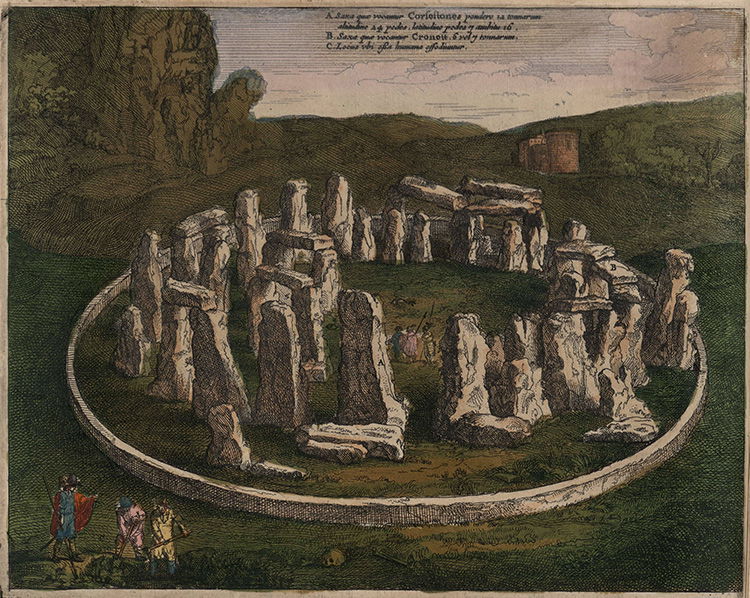
Throughout the 2,000 years since her death, Boudica’s posthumous reputation is never easily characterised. A study of her reputation in British culture reveals no single ‘typical’ view of her, but rather a varied sense of her importance to different individuals and groups. Insofar as we can draw any conclusions about how she has been viewed, it seems clear that people have embraced her as a heroic figure. But we need to be cautious when approaching questions of ‘the past in the past’.
It can be tempting to take a single representation of Boudica – a statue, for instance – and see it as typical or representative of a time and place. But it is often more interesting to dig deeper and find out the individual perspective that lies behind a representation.
Take, for example, what is probably the most famous depiction of Boudica: Thomas Thornycroft’s statue on Westminster Bridge. Scholars have viewed this work as representative of a time – the late 19th century – and an attitude – embattled Victorians seeking to assuage fears of imperial decline. However, the story is both more interesting and more banal than that.
Thornycroft first began his statue in the 1850s, when he was struggling to secure commissions. He found himself with an abundance of two things artists thrive on: time and an emotional predicament that lent itself to self-expression. Boudica, a symbol of resistance and of British pluck – Thornycroft’s works were being panned by hostile critics and he was losing commissions to superior continental competitors – was in many ways a natural choice.
He worked on the statue for 20 years and when he died in 1871 it was still only a plaster model. On the back of a renewed interest in finding Boudica’s final resting place, Thomas’ son, John Isaac, with the help of William Bull MP, succeeded in raising funds for a bronze version that made its slow and circuitous way to its current home in Westminster (other sites were discussed).
Boudica was embraced by Victorian Londoners, despite the fact that one of her most well-known acts was to burn the place to cinders. Similarly, the towns of Colchester and St Albans have embraced her as a local heroine, a status testified to by everything from stained glass windows to car park graffiti, at least in the case of Colchester. St Albans has taken a more staid approach and is content with telling her story in the local museum, while occasionally using her image to represent the town.
Audiences from the reign of Elizabeth I onwards have tended to respond positively to Boudica, even to the point of disowning negative portrayals. A case in point is the critical reaction to a play about Boudica produced in 1753. Richard Glover’s Boadicia; a tragedy played at the Theatre Royal Drury Lane, with David Garrick playing the male lead, the general and brother-in-law to ‘Boadicia’, Dumnorix. ‘Boadicia’ was played by a Mrs Bracegirdle.
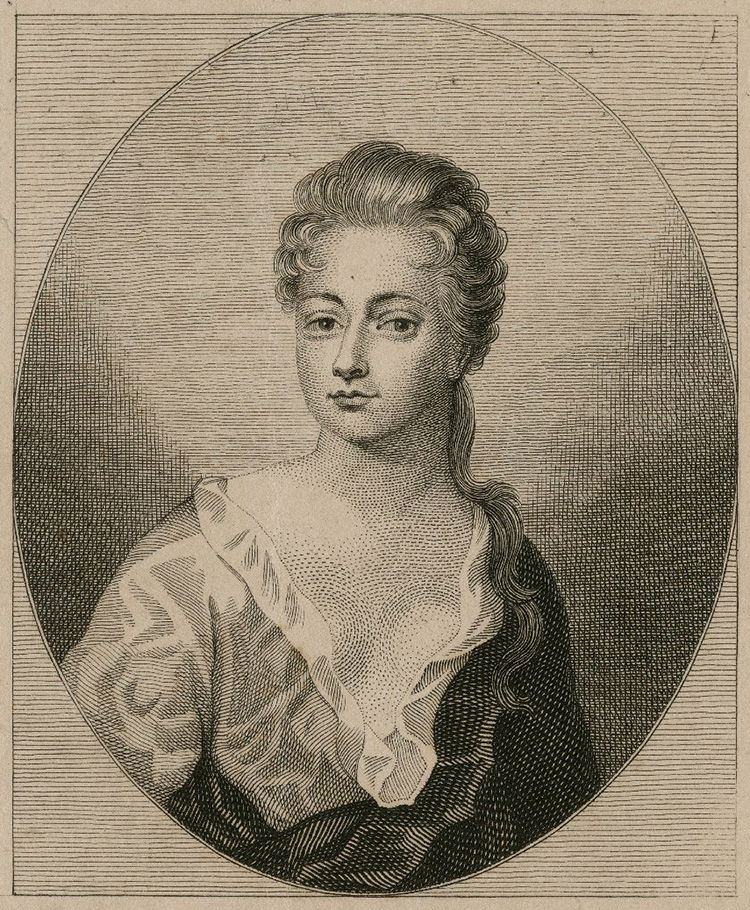
In the play, ‘Boadicia’ is an emotionally unstable leader, whose position of public responsibility is compromised by her personal vendetta against the Romans. Glover, a politician first and a playwright second, was most concerned with getting across his political message: private prejudice had no part to play in public life. This was hardly a controversial position, but the ownership of this kind of patriotic rhetoric was contested and Glover’s play was intended as a volley on the part of the Whigs. But Glover let slip the subtleties of dramatic composition that critics and audiences most valued. His play was a flop.
Glover’s ‘Boadicia’ behaves badly throughout. Irrational mood swings and errors of judgment abound. This cruel, stubborn, unlikeable ‘Boadicia’ is contrasted with her sickeningly pliant sister, Venutia, who commits suicide at the behest of her husband, Dumnorix. One might imagine this not playing well with a modern audience, but it fared no better in the 1750s. One acerbic reviewer dismissed Glover’s Dumnorix as a ‘blusterer’ and a ‘coward’, while ‘Boadicia’s’ behaviour was so inconsistent and inexplicable that, by the play’s end, ‘no one is under the least pain about what becomes of her, and begins to think the whipping she received was no more than what she deserved’.
This was not a comment on the historical Boudica. Rather, the critic was taking aim at Glover, whose inability to write believable characters meant that audiences lost any natural sympathy with the wronged queen: ‘To make Boadicea more savage and unforgiving, he has terminated in making her an idiot.’ Another observer, the pornographer John Cleland, declared Glover’s play ‘only fit to make an ice-house of a summer theatre’. It was rarely restaged and only after major revisions were made to it was it briefly revived in the first decade of the 19th century.
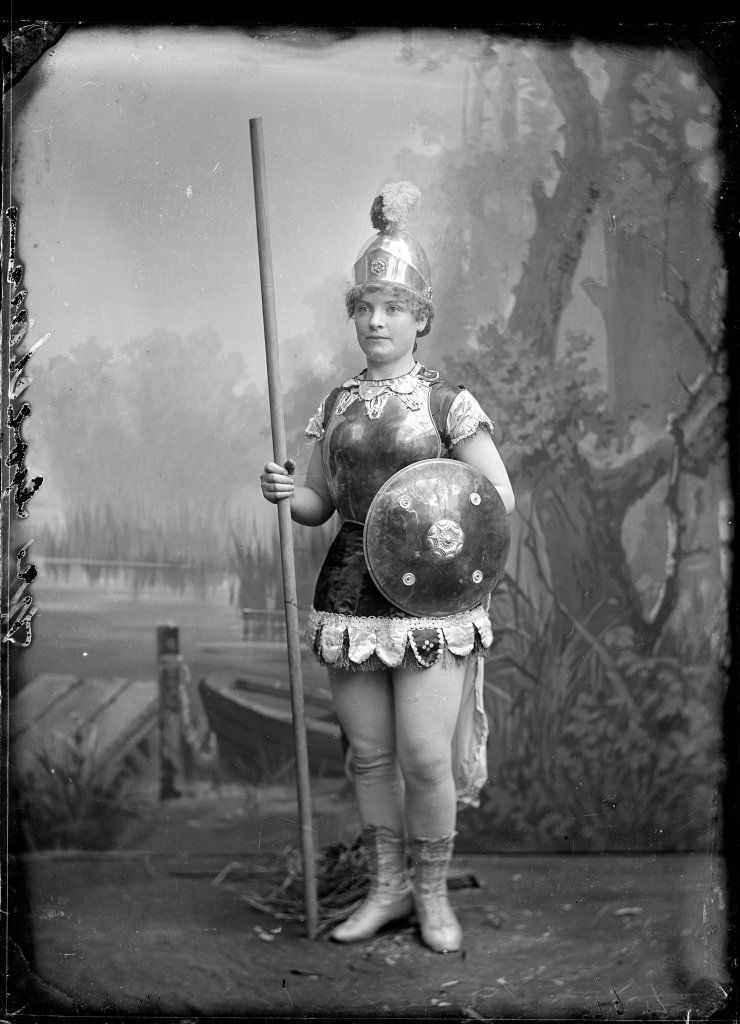
By the end of the 18th century, the misogynistic views of Milton and the naked instrumentality of playwrights such as Glover, would give way to a multifaceted and complex heroic identity for Boudica. She was celebrated by female authors as a suitable heroine for children and young women, albeit with the caveat that suicide was no fitting death for a Christian lady. In Heroines of History (1854), Mrs O.F. Owens wrote of Boudica’s demise:
Contempt for death, and the reception of it with an exaggerated welcome, formed the grand basis of barbarian virtue; and the woman who fell by her own hand, was formerly an object of applause and example. Now the consolatory doctrine of Christianity teaches us a nobler lesson. The great principle of worldly probation, is the endurance of afflictions, which are ‘but for a moment’, by the exercise of a faith, constant and inviolate, in the unseen.
Boudica could neatly illustrate the dangers of paganism while displaying native pluck and patriotic fervor.
Yet there was one aspect of Boudica’s identity that remained ambiguous well into the 20th century: what did it mean for an ancient heroine to be ‘British’? There was a vocal minority in Wales who claimed Boudica as a uniquely Welsh heroine due to the fact that there were no English people in ancient Britain, only Celts. The Celtic Welsh could therefore claim ownership of the Celtic Boudica, or Buddug, as she was known within the growing Celtic nationalist movement. But they faced an uphill struggle in convincing ordinary Welsh men and women of this version of history. When the new Cardiff City Hall was being decorated with statues of Welsh heroes in the early 20th century, the public took a vote on whose likenesses should feature in the ‘Welsh Valhalla’. Queen Buddug garnered few votes. Instead, the Welsh public, when asked to vote for their nation’s exemplary female hero, voted for the hymn writer Ann Griffiths. This choice was simply ignored. To this day it is Buddug and her two daughters who remain the only female figures on display in the Marble Hall.
Boudica has had a storied posthumous life. As her various appropriations show, as with any aspect of culture, history can be both political and personal.
Martha Vandrei is the author of Queen Boudica and Historical Culture in Britain: An Image of Truth (Oxford, 2018).


